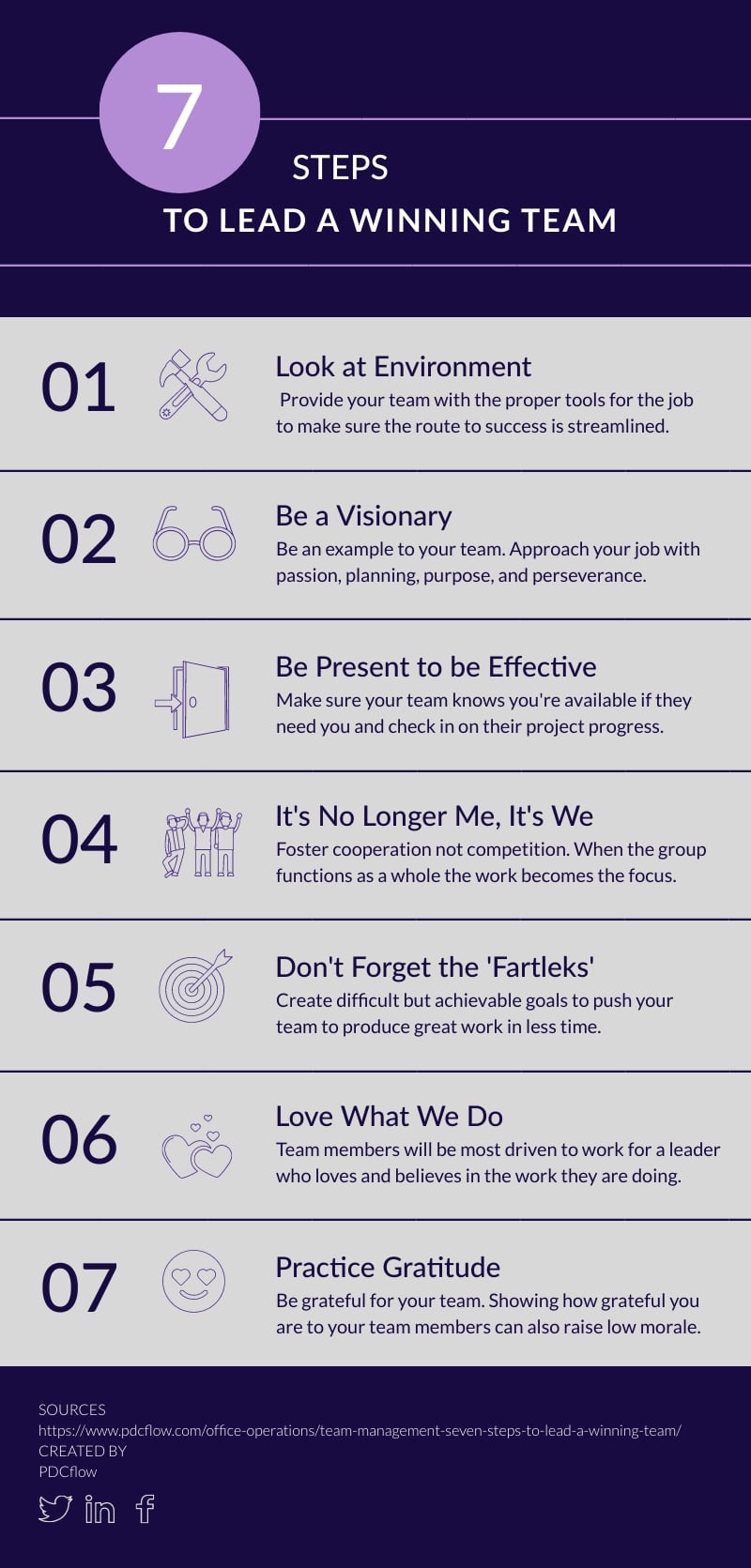This year’s presentations at the California Association of Collectors (CAC) conference and expo in Rancho Mirage, Calif. featured some of the best minds in the credit and collection industry. While many subjects centered on best practices for successful agencies, one session provided unique advice which can be applied to all aspects of personal, professional and group communication, no matter what type of business you run.
We are often unaware of the impact our actions can have over the teams we manage. This is especially true when we have countless responsibilities to tend to each day. Presenter Jeff Johnson, motivational trainer and chief marketing officer of Hawes Financial Group, addressed the nuances of team building at the CAC in his stunning presentation “Creating and Inspiring a Winning Team.”
Based on two decades of experience, he has crafted seven steps any organization or individual can practice every day during group interactions. Johnson is confident that through these steps, we can all become inspirational leaders of successful, goal-oriented teams.

Winning Team Management Skills
1. Look at Environment
"We as humans respond to the environment we’re in,” says Johnson. “And too many times, I see leaders put their team in an environment they can’t succeed in, expecting a different result.”
As managers and leaders in our companies, it is our responsibility to set our teams up to succeed. This means providing them with the proper tools for the job and making sure the route to success is as streamlined as possible. If we don’t follow this first step, the team is already at a disadvantage. This doesn’t always mean they will fail, but it’s your job as a manager to make the path to success as short and simple as possible.
2. Be a Visionary
Being a visionary may seem hard to define, and even more difficult to achieve. Johnson’s blueprint for succeeding as a visionary is rooted in the Four P’s:
- Passion
- Planning
- Purpose
- Perseverance
In order to implement effective team management, a leader needs to live the Four P’s and set the example for his or her team.
3. Be Present to be Effective
This element of teams and leadership centers on both physical and mental presence. A commonplace management practice is for team leaders to close office doors and spend much of the day communicating through emails to those in the same building - sometimes just yards away. You may not be purposely offending your team. After all, you’re busy!
However, shutting out your employees can send unintended signals that you do not want to be involved with their work. This might indicate that you implicitly trust them. But much more likely, the message a closed door sends is that you don’t care about the team and the hurdles they face in reaching their goals. Johnson urges leaders to make themselves accessible by keeping office doors -- and the lines of communication -- open throughout the life of the projects you assign.
Have you ever checked in on a project to find it isn’t what you wanted done? Aside from indicating apathy to your team, being absent (physically or mentally) can create a disconnect between what you hoped your team might accomplish and what direction their efforts begin to take. Missing the stages of a project and making your group backtrack results in wasted time, wasted effort, and a strained relationship with your employees.
4. It's No Longer Me, It's We
There is tremendous power in a team where no one is worried about taking the credit for a success, or afraid of being singularly blamed for a failure. When the group functions as a whole, with everyone sharing in the results, attitudes shift away from competition with peers. The work becomes the focus and quality increases. Here are a few tips for creating a ‘we’ centered team:
- Accept success and failure as a team
- Suffer equally
- Your problems are all of our problems
- Don’t compare, compete or criticize
- Always seek synergy
- Always be the coach, never the critic
5. Don't Forget the 'Fartleks'
Fartlek, a running term, is a swedish word meaning ‘speed play.’ In the world of racing, alternating difficult goals with easier spans of jogging can push your performance to greater levels and raise your easy spans to a higher baseline.
The fartlek reference is Johnson’s way of telling managers to buckle down and push through hard deadlines. Creating difficult (but achievable) goals can push us and our teams to produce great work in an impressive amount of time. After a few speed plays, future projects will seem even easier by comparison. Also, these speed plays will raise the quality of work your team is able to achieve, and even shorten the time span it takes to get results.
6. Love What We Do
Team members will always be most driven to work for a leader who loves and believes in the work they are doing. If you are obviously frustrated with your job, or dislike the direction your office or project is going, your team will notice.
These negative feelings will influence the motivations of the group, and ultimately results will suffer. But if you enjoy your responsibilities, and you’re excited to create the best work possible, your positive attitude will trickle down. Something as simple as your state of mind can help your team yield extraordinary results.
7. Practice Gratitude
The last element of creating and inspiring a winning team is to be grateful for those around you. This gratitude must not only be felt, it must be communicated to your team. They need to understand their value if you want your employees to continue doing great work. Showing how grateful you are to your team members can also raise low morale. Johnson says it is “one of the quickest ways to go from a negative environment to a positive environment.”
PDCflow Takeaway
These tips for creating an outstanding team were an inspiration for PDCflow’s Angelica Iniguez. After attending the presentation, she saw many ways she can use Johnson’s guidelines.
“As a Customer Success Team Lead, my intention is to use the tips outlined to improve processes within my team, and also to enhance and strengthen our client relations,” says Iniguez. “But these are essentials that also are applicable to daily life, and I intend to make them a practice every day in mine.”
Subscribe to the PDCflow Blog:
- ABOUT THE AUTHOR -

Hannah Huerta, Marketing Specialist
Hannah Huerta is a Marketing Specialist at PDCflow. She creates content for the accounts receivable and payment industry.




